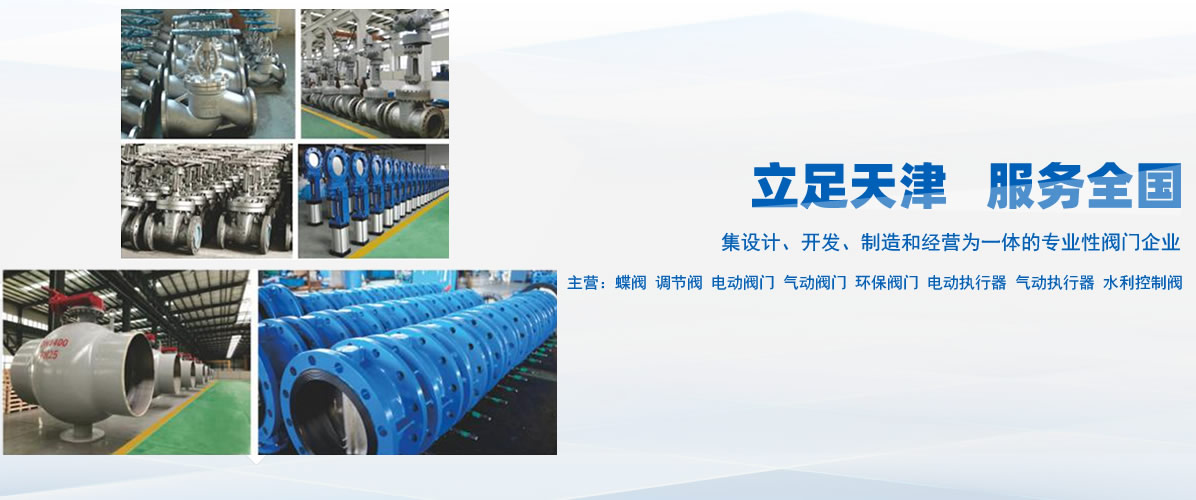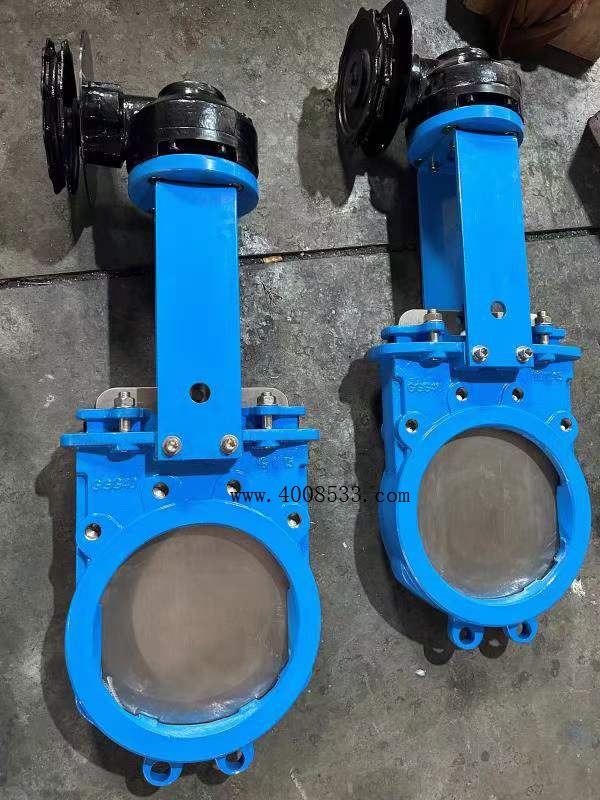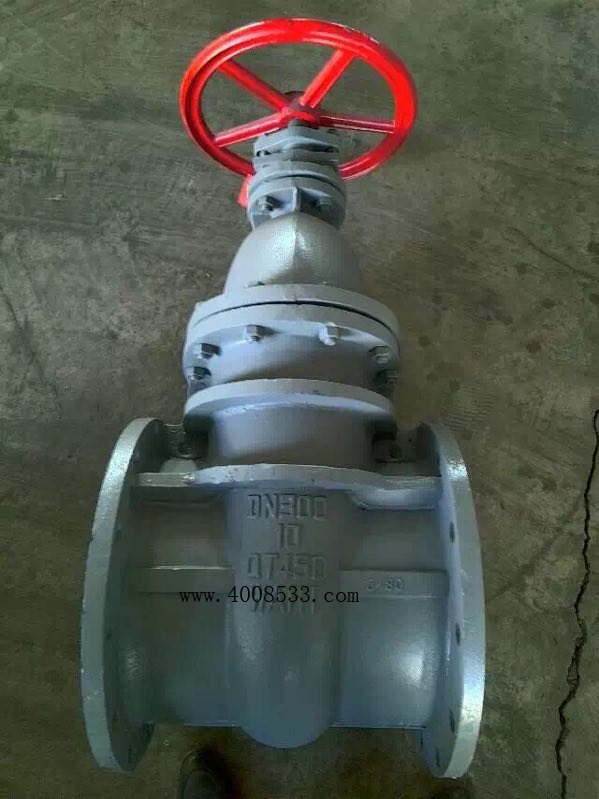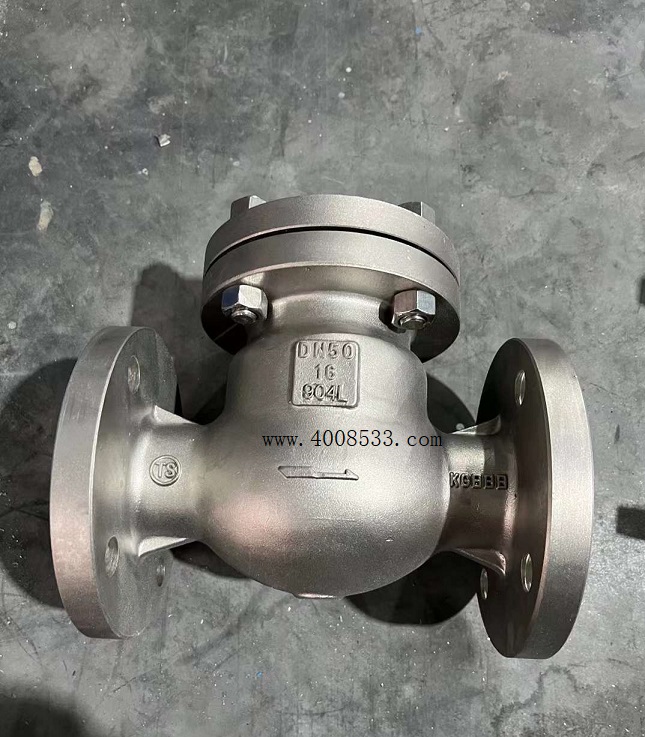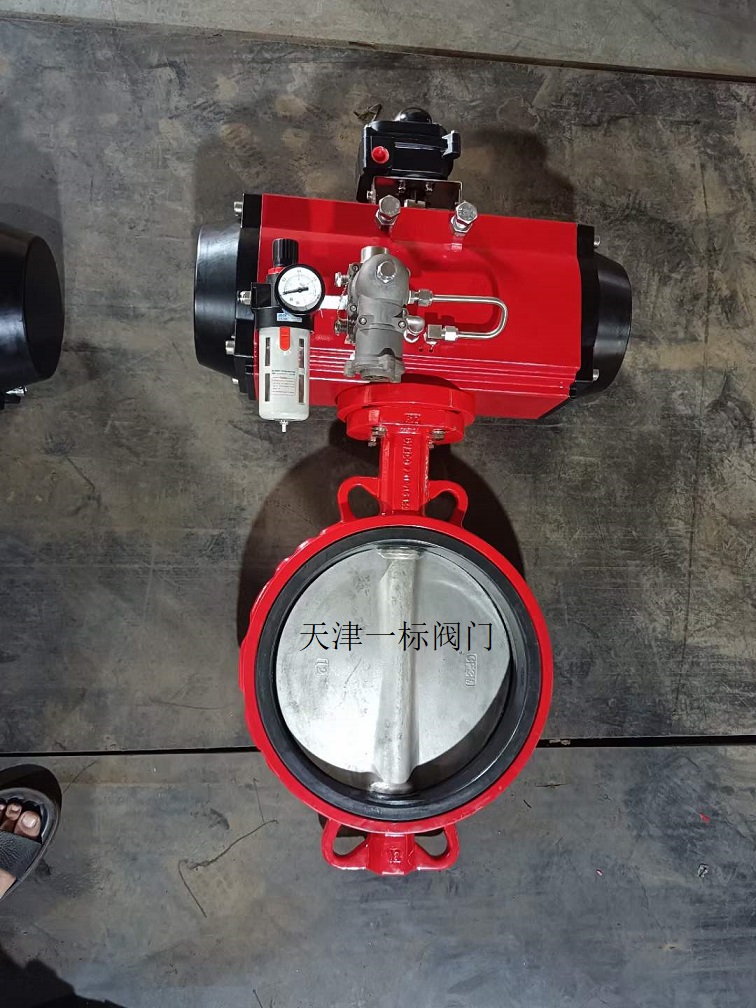Non stagnant ball valve
Non stagnant ball valve
The following is a comprehensive technical analysis of the hysteresis free ball valve:
Core Structure and Design Features
Fully enclosed valve body design
The structure adopts a valve seat that completely wraps around the sphere, eliminating residual space for the medium, which is particularly suitable for the biopharmaceutical and food industries. The inner surface roughness Ra is ≤ 0.6 μ m, which meets the requirements of GMP certification.
Innovation in Sealing Systems
Spring compensated valve stem sealing design, supporting long-term high-temperature operation at 150 ℃
Adopting PTFE+15% glass fiber reinforced valve seat, the wear resistance life is increased by 3 times
Quick installation connection method
Supports ISO standard clamp connections, reducing disassembly and maintenance time by 50%, and eliminating the need to damage pipeline systems during cleaning

无滞留球阀 工艺处理:
1、机械研磨
无滞溜球阀Use a metal polishing wheel to precisely grind and remove surface metal impurities to form a silky smooth surface.
2、电解抛光
无滞溜球阀By using electric polishing to remove sharp edges and smooth depressions on the metal surface, the surface morphology and structure can be improved, forming a closed chromium oxide film and enhancing the corrosion resistance of the pipeline. Before electric polishing, sanitary ball valves should be mechanically polished (mechanical polishing must be grinding and polishing) to make the product surface smoother and eliminate dead corners.
3、光亮退火
无滞溜球阀The stainless steel material used for the valve body is heated online to 1050 ℃ and then rapidly cooled to below 100 ℃ under hydrogen protection. On the one hand, it eliminates internal stress, and on the other hand, it forms a passivation film on the surface of the pipeline to improve its corrosion resistance.
4、酸洗或钝化
无滞溜球阀The residual particles on the surface of the pipeline can be removed by edge pickling or passivation. Generate a very thin, dense, and well covered passivation film on the surface of the product, which can firmly adhere to the metal surface and improve corrosion resistance.
|
阀体规格 |
||
|
•尺寸范围 |
1/2”~36”(DN15-DN900) |
|
|
•端部连接 |
凸面和环连接、对焊连接、变径法兰、承插焊连接 |
|
|
•工作压力 |
PN10、PN16、150LB |
|
|
•温度范围 |
-30℃~+200℃ |
|
|
•阀体材质 |
CF8、CF8M、CF3、CF3M |
|
|
•密封面材质 |
PTFE、食品级PTFE、PEEK、TFM4215、金属喷涂 |
|
|
•设计标准 |
ASME B196.34 |
|
|
•结构长度 |
ASME B16.10 |
|
|
•检验与测试 |
MSS SP-61.ARI598、ANSI/FCI Class VI |
|
|
气动执行器规格 |
||
|
•缸体属性 |
一体式设计,所有的双作用和单作用执行器型号,都具有相同的缸体和端盖,很方便通过加装弹簧或拆除弹簧来改变作用方式。 |
|
|
•端盖属性 |
一体式设计,所有的双作用和单作用执行器型号,都具有相同的缸体和端盖,很方便通过加装弹簧或拆除弹簧来改变作用方式。 |
|
|
•缸体表面涂层 |
挤压的优质铝合金缸体,经精密加工的内孔和外部表面进行硬质阳极氧化处理(特殊情况下阳极氧化+特氟龙涂层),使用寿命更长,摩擦系数低。 |
|
|
•证书/使用标准 |
连接部分符合全新国际标准规范ISO5211,DN3337(F03-F25)使用产品安装具有互换性、通用性。 |
|
|
•输出扭矩 |
8um~10000um |
|
|
•控制气源 |
经过滤的压缩空气,无需润滑油,有润滑油的情况下润滑油必须适合NBR |
|
|
•气源压力 |
最小气源压力3bar(40psi),最大气源压力8bar(120psi) |
|
|
•介质环境温度 |
标准:-20℃~+80℃、低温:-40℃~+80℃、高温:-15℃~+150℃ |
|
|
•旋转行程 |
90°、120°、135°、180°、双向±5°调节 |
|
|
•安装法兰 |
DIN/ISO5211、DIN3337 |
|
|
•标准型 |
铝合金外壳硬质阳极氧化处理,可根据不同环境条件表面镀镍、氧化+聚酯喷涂、氧化+PTFE喷涂等 |
|
选型建议





